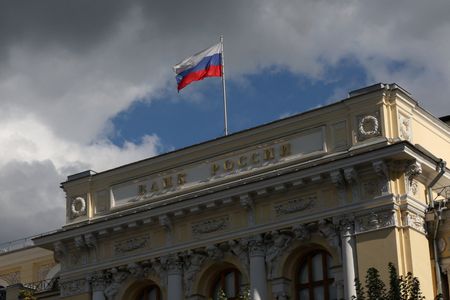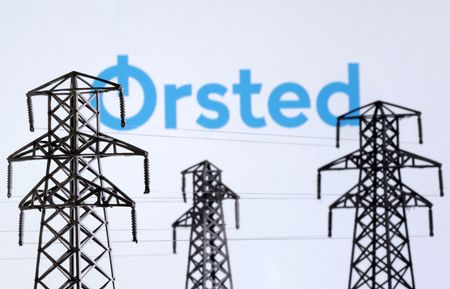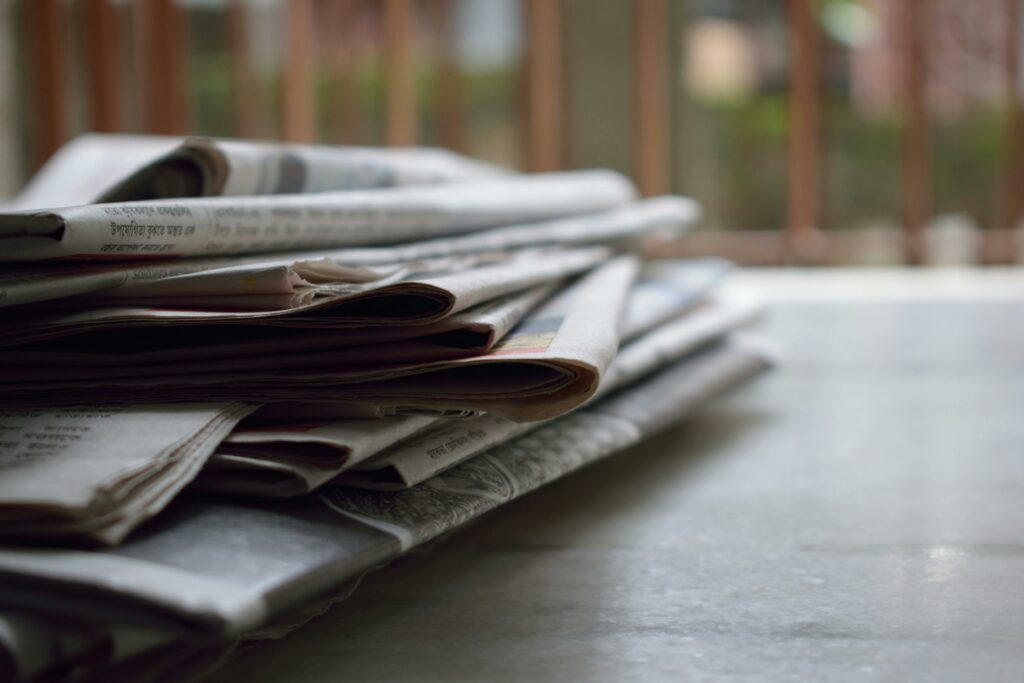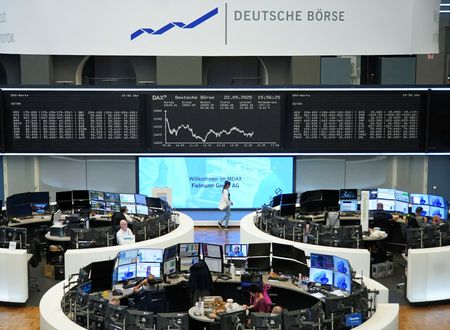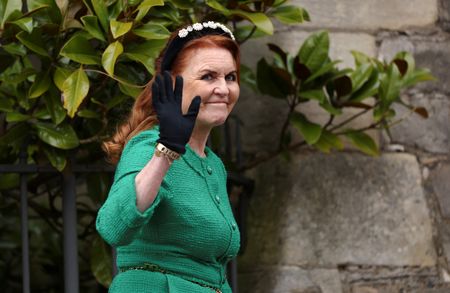MOSCOW (Reuters) -As much as $250 billion worth of Russian assets have been frozen in the European Union since the U.S. and its allies prohibited transactions with Russia’s central bank and finance ministry following Russia’s full-scale invasion of Ukraine in 2022.
Reuters reported this week that the European Union is discussing a plan to repurpose the frozen assets to boost financial aid to Ukraine, as it looks to step up sanctions pressure on Russia.
WHAT ARE RUSSIA’S ASSETS AND WHERE ARE THEY?
The Russian central bank previously confirmed that it has around $300-350 billion worth of assets frozen in the West.
Like other central banks, the Russian central bank placed some of its gold and foreign exchange reserves in liquid assets such as major currencies, gold and government bonds, about half of which were held in the West at the time they were frozen.
The majority of the immobilised assets are in Europe and many have already matured and become cash held by Belgian securities repository Euroclear.
The Russian central bank has not given a detailed breakdown of what was frozen, but its data from the start of 2022 offers some insight.
Russia’s central bank held around $207 billion in euro assets, $67 billion in U.S. dollar assets and $37 billion in British pound assets.
It also had holdings comprising $36 billion of Japanese yen, $19 billion in Canadian dollars, $6 billion in Australian dollars and $1.8 billion in Singapore dollars. Its Swiss franc holdings were about $1 billion.
Russia’s central bank said these assets were mainly invested in foreign securities, bank deposits and nostro correspondent accounts.
The bank’s biggest bond holdings were in the sovereign bonds of China, Germany, France, Britain, Austria and Canada.
Russia’s gold reserves were held in Russia. Investments in yuan are held in China.
WHAT IS IN THE EU’S PROPOSAL?
The European Union has floated a plan to use Russian frozen assets to underpin a “reparation loan” to Ukraine, officials close to the project told Reuters on Thursday.
The loan would only be repaid once Ukraine receives reparations from Russia for damages incurred during the three-and-a-half-year conflict.
It would involve replacing Russian assets with zero-coupon bonds issued by the European Commission.
The mechanism could be created and underpinned by a “coalition of the willing”, rather than all 27 EU governments, as a way of sidestepping any potential veto by Hungary, which has the closest ties in the bloc with Moscow.
The EU has so far been using interest from the assets to repay a $50 billion loan to Ukraine, but the amount of interest being generated is falling.
Euroclear said it had 194 billion euros ($228.40 billion) of Russian sanctioned assets on its balance sheet on June 30, which generated 2.7 billion euros of interest in the first half of 2025, down from 3.4 billion euros of interest generated from 173 billion in Russian assets over the same period of 2024.
Some bankers have cautioned that setting a precedent of seizing sovereign assets could damage foreign confidence in investing in Western government bonds, while Belgium has warned that seizing the assets could expose Euroclear to litigation and ultimately trigger a financial crisis.
Euroclear said it was aware of the proposal to provide Ukraine with a reparations loan and said it looks forward to receiving further information from the European Commission.
WHAT HAS RUSSIA SAID?
As talk around a potential seizure of Russian frozen assets has gained momentum in recent days, Russian officials have issued sharp responses about potential consequences.
Russia said on Monday it would go after any European state that sought to take its assets.
Russian foreign ministry spokesperson Maria Zakharova warned a week ago that the global financial system would “feel the consequences” of any move to seize its assets.
Russia’s state-owned RIA news agency meanwhile said that the West’s $285 billion in foreign direct investment in Russia’s economy could be at risk if Russia’s assets were taken.
($1 = 0.8494 euros)
(Reporting by Reuters, writing by Robert Harvey; Editing by Sharon Singleton)

